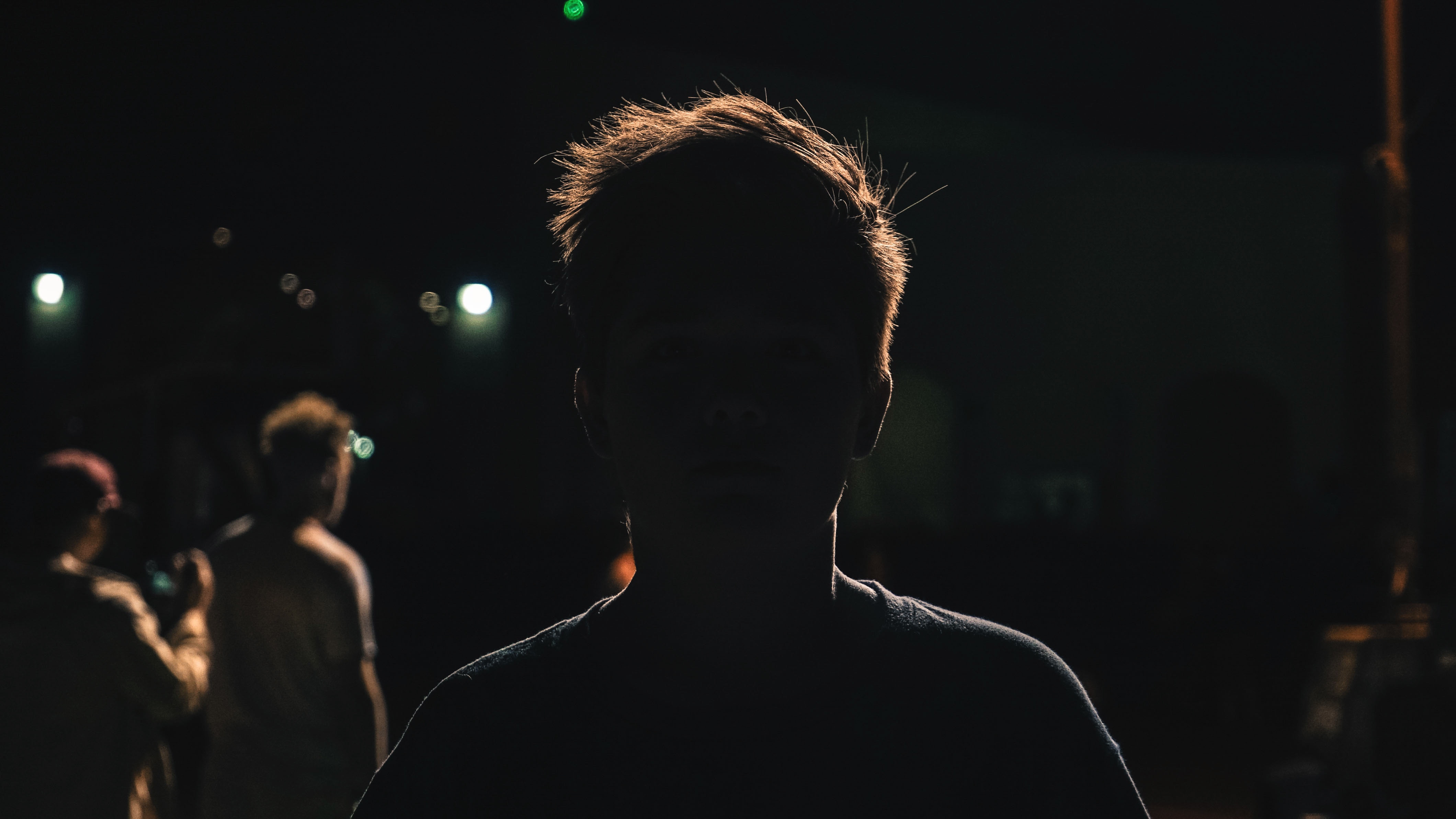It has been weeks since Hurricane Maria hit Puerto Rico. Thousands of homes in San Juan have not only been invaded by flood water, but are also under darkness without power. Approximately, 9% of residents are still without power since Hurricane Maria struck, however, this could potentially last for up to several months.
Did power outage affect human health? Our study entitled “What happened to our environment and mental health as a result of Hurricane Sandy” published in Disaster Medicine and Public Health Preparedness (2016;10:314-319) has important findings and answers for you:
· We found that emergency department (ED) visits for mental health problems significantly increased after power outage (PO) in some of the counties in New York during Sandy.
· Substance abuse accounted for most mental health ED visits after Sandy.
· While we examined mental health subtypes, the strongest effect of PO was found on anxiety, and followed by psychosis and substance abuse.
· We discovered that the mental health effects started to climb two days after the massive PO coverage in effected counties and reached a peak four days after the PO.
· We found that loss of power after Hurricane Sandy most likely posed the greatest and most direct public health impact among all environmental hazards (subsequent fire, water contamination from sewage treatment system failure, and air quality due to use of generator)
More interestingly, the power outage effect did not equally affect all communities. In other words, the affected counties and individuals with different socioeconomic status (SES) had different mental health impacts as a result of PO after Hurricane Sandy. For instance, Bronx County, which has the highest proportion of low SES population in NYS, had the largest (882 folds) increase of mental health ED related admissions to PO, which was followed by Queens County (247 folds). The other affected counties did not show significant increase after power outage. We also found that elderly population had significantly higher negative mental health impacts after PO, as compared to other age groups.
What is the possible biological pathways of PO on mental health? Darkness was found to induce stress, confusion and agitation among people with pre-existing psychological conditions. Previous studies have found that the loss of service are directly associated with post-disaster symptoms, worry, and depression, especially among residents in rural areas. Loss of electricity can also lead to a loss of essential services for communities, such as access to clean water (due to water tower shut down), food (lack of supplies or no refrigerator), and transportation (subway, buses, etc.). Power outage can also lead to social isolation by the closing of cellular towers and no phone communication. Social isolation itself can serve as a stressor, particularly for vulnerable groups like elderly and people with chronic conditions. It also blocks networks of social support, which is an important protective factor against psychological distress after disaster.
How will our research findings be used in current Puerto Rico situation? 1) Reports have shown that already, Hurriance Maria has either directly or indirectly lead to16 known deaths. Based on our findings from Sandy and in addition to mental health, we will expect to see additional diseases significantly increased after the extensive PO, such as injury, dialysis, asthma, and Chronic Obstructive Pulmonary Diseases (COPD) who were dependent on medical equipment requiring electricity; 2) The rapid and effective response efforts coordinated by different levels of governmental agencies are crucial, which has been shown from the lessons learned from Hurricane Sandy. For instance, we found that multiple diseases, such as hospital admissions due to cardiovascular diseases, respiratory diseases, and even food-/water-borne diseases, significantly reduce during Sandy period, while comparing pre-Sandy multi-year data. It could be explained by the joint and timely efforts from multiple state and federal agencies, including providing more than 170 medical shelters for providing care, establishing 68 Disaster Recovery Centers, and supplying more than 1 million liters of water and 1 million meals to those in need within 24 hours; and 3) It has been reported that the majority of 1.57 million electricity customers in Puerto Rico remain without power; more than half of Puerto Rico (3-4 million people) are still without drinking water; and Hurricane Maria destroyed 80% of Puerto Rico’s agricultural industry. Therefore, it is crucial to understand and report how the effects of lacking clean water and food intensify and exacerbate Puerto Rican’s health impacts. The effects of power outage on mental health could be substantial and have large geographic variations by socio-demographics.
Shao Lin, MD, PhD, Professor, Department of Environmental Health Sciences, School of Public Health, University at Albany, State University of New York.


